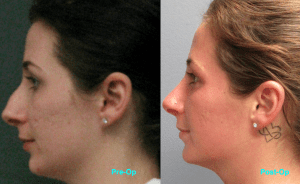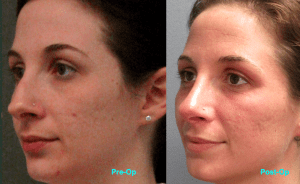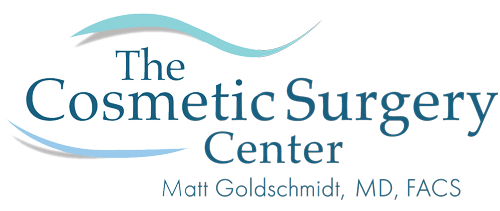A rhinoplasty (also known by many as a “nose job”) is a surgery to reshape the nose. It can make the nose larger or smaller; change the angle of the nose in relation to the upper lip; alter the tip of the nose; or correct bumps, indentations, or other defects in the nose. During the rhinoplasty surgery, incisions are made to access the bones and cartilage that support the nose. The incisions are made inside the nose so that they are invisible after the surgery. Sometimes, it is necessary to make a very small incision underneath the nose as well. Depending on the desired result, some bone and cartilage may be removed, or tissue may be added (either from another body party or synthetic filler). The bones may need to be moved or “broken” in a very controlled fashion to make your nose narrower. After reshaping the bones and cartilage, the skin is then redraped over the underlying structures of the nose. A splint is then placed outside the nose to support the new shape of the nose as it heals. Most patients prefer general anesthesia but some may elect to have a “twilight sedation” or intravenous sedation. Patients generally do not need to stay over night after the procedure and go home a few hours afterwards. Rhinoplasty surgeries can change the size, shape, and angle of your nose and bring it into better proportion with the rest of your face. Rhinoplasty can also correct structural problems with the nose that cause chronic congestion and breathing problems.
Below is an example of a typical Rhinoplasty:

26 year old female who had “nose job” (rhinoplasty). The hump was reduced and the tip of her nose was reshaped.

rhinoplasty patient front-side view
If you are interested in scheduling a rhinoplasty surgery, please call Dr. Goldschmidt at (216)-264-8100 or fill out the contact form at the top of the page.
